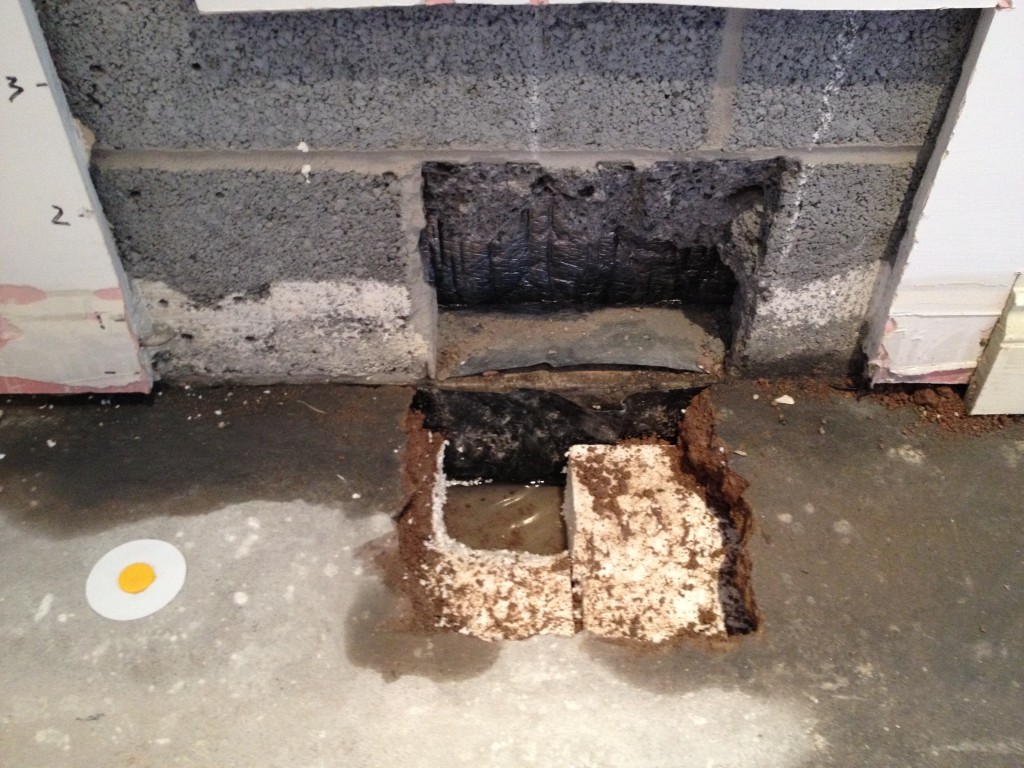Dampness in buildings can lead to structural deterioration, timber decay, spoiling of decorations and dilapidation of plaster. Dampness also encourages the growth of moulds and mites and can therefore be injurious to health which is more common than one may think.
Studies show that the majority of reported cases of damp in buildings have their root cause in building defects and condensation issues, and not necessarily rising damp. In most cases there are several root causes all of which must be identified if a long term solution is to be found and implemented competently.
Because of the technical complexities involved in surveying dampness and water ingress, it is common to be mis-diagnosed and the wrong or incomplete schedule of works prescribed to solve the various issues. In our opinion it is better to call in a specialist qualified and accredited surveyor than to invite a ‘free’ survey which must be paid for eventually from the profit of the job. In the long term no survey can be truly free.
All dampness is essentially water which is unwanted and in a place where it should not be. The type of dampness can be classified by its source and the way in which unwanted dampness and free water enters inhabited areas.
Dampness is often invisible to the naked eye and some form of electronic detection instrument is essential to assist the professional surveyor to accurately assess the level of dampness and its profile in any particular area. The experienced competent surveyor will interpret the results in relation to the building design and construction together with inherent defects (obvious and not so apparent) identified during the survey to formulate an accurate diagnosis and schedule of remedial works. This is important as the whole ethos in eradicating damp is not only to find solutions which will provide a speedy damp free environment but will provide a long term solution solving problems at their root cause.
An accurate and thorough diagnosis is critical in identifying the type of dampness involved and ALL of the root causes. Without this, the householder may find dampness and associated deterioration of the building fabric will remain leading to disruption, inconvenience and unnecessary expense.

